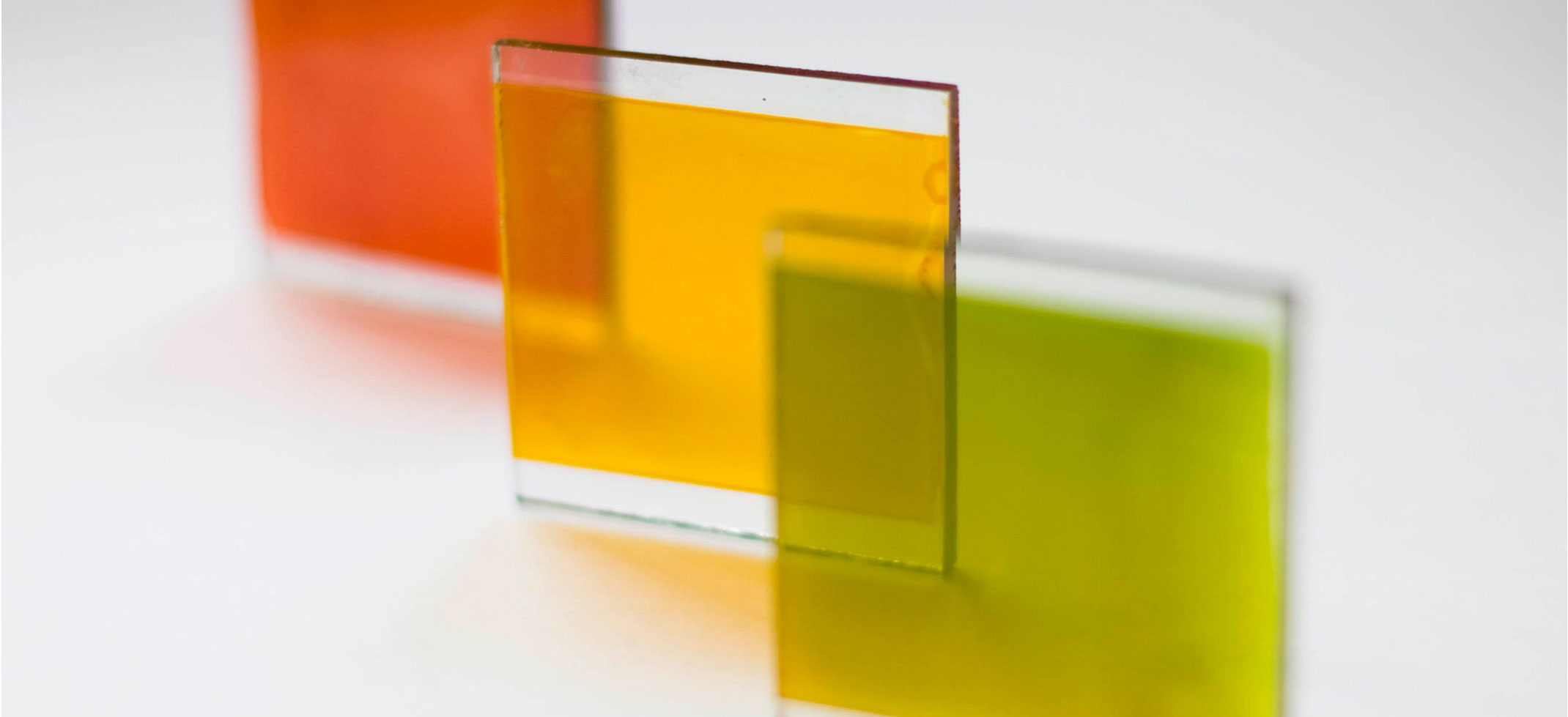The traditional solar panels are large, dark and opaque glass plates and they were consequently often limited to rooftops, either installed onto them or directly integrated with the roofline.
For many years the researchers have been working on the project of a solar panel system integrated into double glazing, it is similar to a traditional solar collector but the material is transparent and lets the natural light in. The problems encountered in the course of the trial are that the material remained dark, so it was difficult to use it as glass window material, and its effectiveness in terms of electricity generation was minimal.
This issue was mainly resolved by developing a material that absorbs invisible rays such as infrared light. Once absorbed, the light is directed towards the edges of the panel where it is then converted to electricity.
By concentrating the area of transformation of light into electricity into the window frame, scientists were able to clear up the central area of the glass so that it could reach a level of transparency similar to that of glass. The energy efficiency of the glass is consequently improved and the power loss related to the transparency of the material is minimal.
Furthermore the future photovoltaic glass applications are potentially endless: smartphones could see their battery life improve vastly with a touch screen that could generate electricity when exposed to light; electric cars could become increasingly self-sufficient with photovoltaic glass installed on their side.
For more information: http://www.sesino.it/






